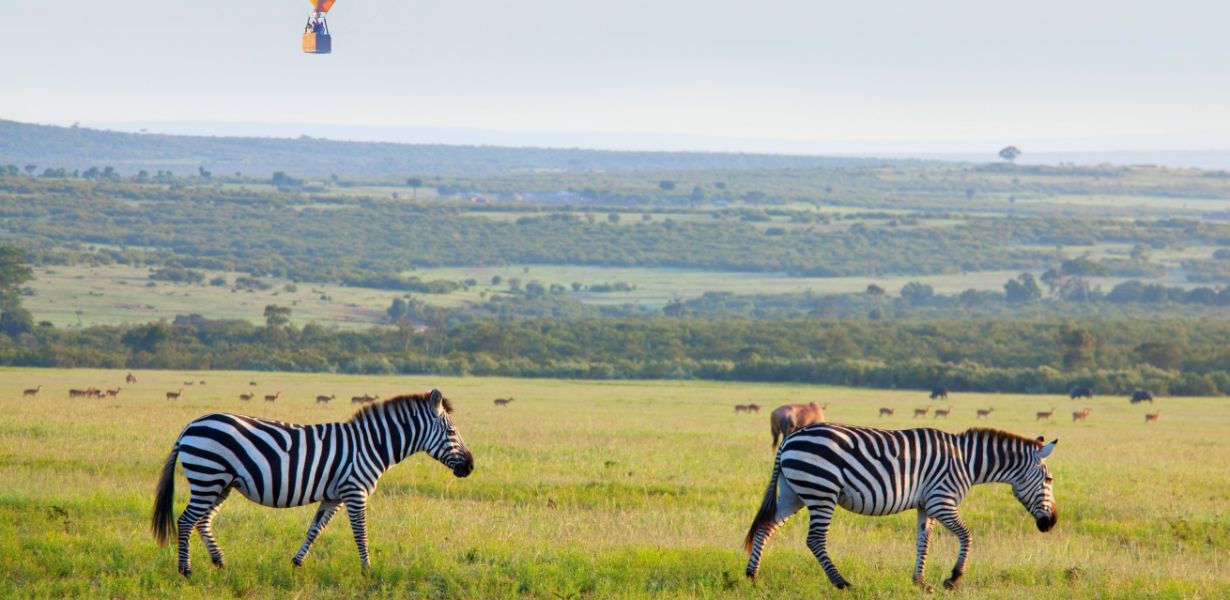
As we venture into the 21st century, two critical domains of human existence, technology and the environment, are converging in an unprecedented way. At the heart of this convergence is the revolutionary technology known as blockchain, which is reshaping industries across the board. But what might surprise many is that blockchain is not confined to the corporate world; it's also making waves in the realm of environmental conservation. In this comprehensive exploration, we delve into the intersection of blockchain and biodiversity, unlocking the potential of this groundbreaking partnership.
The Genesis of Blockchain Technology
Before we dive into the connection between blockchain and biodiversity, let's comprehend the essence of blockchain technology itself. It's a decentralized, immutable ledger that records transactions across a network of computers. The data is stored in blocks, interconnected in a chain, hence the name “blockchain.” This robust technology has gained popularity due to its transparency, security, and trustworthiness.
Biodiversity: A Global Imperative
Biodiversity, the variety of life on Earth, is not merely a buzzword; it's a critical factor for a sustainable future. Ecosystems teeming with diverse species contribute to clean air, water, and food, and provide a buffer against natural disasters. However, biodiversity faces various threats, including habitat loss, climate change, and poaching. Preserving biodiversity is crucial for the well-being of our planet.
Blockchain's Role in Conservation
Blockchain technology offers an innovative solution to many of the challenges faced by conservationists and environmentalists. It can help track and protect endangered species, monitor deforestation, and ensure the authenticity of eco-friendly products. With blockchain, the supply chain can be transformed to ensure that products labeled as sustainable are indeed environmentally responsible.
Transparent Supply Chains
One of the most promising aspects of blockchain in biodiversity conservation is the creation of transparent supply chains. For instance, using blockchain, consumers can trace the journey of a product from its source to their hands, ensuring that it's sustainably produced. This transparency creates an incentive for companies to adopt eco-friendly practices.
Wildlife Protection
Blockchain can be instrumental in safeguarding endangered species. By using RFID tags and GPS tracking devices, animals can be monitored in real time, allowing authorities to respond quickly to potential threats. Such a system could significantly reduce illegal wildlife trade.
Smart Contracts for Environmental Agreements
Smart contracts, self-executing contracts with the terms of the agreement directly written into code, can be used to create and enforce environmental agreements. For instance, agreements related to reforestation, carbon offset credits, or land conservation can be automated and trustlessly managed.
Crypto Tokens for Conservation
Blockchain allows for the creation of crypto tokens that represent ownership or support for conservation efforts. These tokens can be traded on platforms, creating a new avenue for fundraising and engaging individuals in biodiversity conservation.
Challenges and Concerns
As with any emerging technology, there are challenges and concerns related to implementing blockchain in biodiversity conservation. These include privacy issues, data security, and the need for global cooperation in standardizing these systems.
Success Stories
Several initiatives are already leveraging blockchain for environmental good. The World Wildlife Fund (WWF), for example, has started using blockchain to track tuna from the fishing vessel to the grocery store. This ensures that the tuna is sustainably sourced and that consumers can make informed choices.
The Future of Blockchain and Biodiversity
The integration of blockchain and biodiversity conservation is in its infancy, but the potential is immense. As more organizations, governments, and individuals recognize the value of blockchain in preserving our planet, we can expect to see a significant positive impact on the environment.
Final Words
Blockchain, the technology initially associated with cryptocurrencies, is transcending boundaries to become an indispensable tool in preserving our planet's biodiversity. The immutable, transparent, and decentralized nature of blockchain offers unprecedented opportunities to track, protect, and conserve our environment. The synergy between technology and nature is not only possible but necessary for a sustainable future.
Commonly Asked Questions
1. How does blockchain help in protecting endangered species?
Blockchain enables real-time tracking of animals using RFID tags and GPS devices, facilitating rapid response to potential threats, which is crucial in safeguarding endangered species.
2. Are there any notable examples of blockchain in environmental conservation?
Yes, the World Wildlife Fund (WWF) has used blockchain to track the journey of tuna from fishing vessels to stores, ensuring sustainable sourcing.
3. How can individuals contribute to biodiversity conservation through blockchain?
Individuals can support conservation efforts by investing in crypto tokens representing ownership or support for conservation initiatives. These tokens are traded on blockchain platforms, providing a new avenue for fundraising.
4. What are the challenges of implementing blockchain in biodiversity conservation?
Challenges include privacy concerns, data security, and the need for global cooperation to standardize these systems.
5. What is the future outlook for blockchain and biodiversity conservation?
The future is promising, with increasing recognition of blockchain's potential to protect and preserve our planet's biodiversity. As adoption grows, we can expect to see a substantial positive impact on the environment.





